Have you ever heard of the good old saying, “1020 the fish are plenty”? If you are unsure of the meaning to this phrase, it is referring to the link between the barometric pressure and the feeding pattern of fish. During their time many fisherman learn the ‘rule’ that fish will feed if the barometric pressure rises above 1020hPa. Well, does this speak true or not? In my opinion I can say that it is true to a certain extent. Fish will be more likely to play the game when the pressure is above 1020hPa, although I wouldn’t say it’s the best barometric fishing conditions.
What is Barometric Pressure?
The air pressure (or technically known as the Barometric Pressure) is a measurement of air mass above a surface in the atmosphere of the Earth. In simpler terms it’s a pressure on the Earth’s surface caused by the weight of the air. This change in pressure is subtle and cannot be detected by humans, although fish can detect the change.
Understanding the Numbers
Barometric pressure is measured by the change in liquid mercury (Hg) and these changes are measured in inches (in). When the pressure drops, the mercury falls and when the pressure begins to climb so does the mercury.
Now this is the confusing part although I will try to explain it in simple terms. The atmospheric pressure can be measured in millibars (mb) which is roughly equivalent to one atmosphere of pressure (the exact figure is: 1 atmosphere = 1.01325 mb). One bar is equivalent to 29.6 inches and this is measurement in which we read the mercury.
Below are some conversions to help you understand how the reading of mercury (in) converts to hectopascals (hPa) which then converts to the best times to fish:
30in = normal/stable air pressure = 1016hPa
30.7in = extreme high pressure = 1040hPa
28in = extreme low pressure = 950hPa
The two extremes shown above are rarely ever seen and bring with it extreme heat (1040hPa) and extreme storms (950hPa). Both of these extremes are not the best fishing conditions.
Your Sneak Peak into Rhys Creed’s 5 Go-To Setups for Freshwater Fishing!
Find out Exactly what Gear Rhys Uses and His 8 Ways to Save Crazy Amounts of Money When Getting Your Own Gear!
FREE EBOOK: Find out Exactly what Gear Rhys Uses and His 8 Ways to Save Crazy Amounts of Money When Getting Your Own Gear! Your Sneak Peak into Rhys Creed’s 5 Go-To Setups for Freshwater Fishing!
In fishing terms when we talk about high and low pressure we are referring to:
- High pressure is usually: 1018hPa-1030hPa
- Low pressure is usually: below 1014hPa
Therefore when we talk about fishing in high pressure we are referring to the figures above. Anything higher usually comes with extremely high temperatures and the fishing is usually slow.
How it effects the fish?
There is a complex reason behind how the pressure works and how it changes the behaviour of the fish. There are many different variations to how or even if it does have any effect on the fish. As mentioned above it’s the weight of the earth’s atmosphere causing pressure on the water’s surface and the pressure affects the fish is via their air bladder.
During weather patterns associated with high pressure (this is when the barometer is reading 1018hPa or higher), there is more pressure force on the air bladder causing it to be squeezed in and making the fish feel relaxed and comfortable. This brings with it good/normal fishing conditions.
During a low pressure (when the barometer is around 1014hPa or less), there is less pressure on the air bladder causing it to expand and therefore putting pressure on the stomach of the fish. This causes the fish to become uncomfortable and usually results in slow fishing conditions.
How the fish counteracts this drop in pressure is by swimming deeper in the water column. The deeper they swim, the more pressure is around them and the more comfortable they will feel. During the time of low pressure they will usually hide out on the very bottom of the waterway. It is more effective for an impoundment fish to swim deeper as they have depth beneath them. In rivers there is only so deep they can go which will cause the river fish to be less comfortable during low pressure and therefore harder to catch.
Changing Pressure
We talked above about high pressure bringing normal fishing conditions and low bringing poor conditions – a changing barometer is better than both. When you are in the middle of a good fishing bite or a feeding frenzy this is usually when there is a quick change in barometer. “The rule is: the quicker the change the better the bite will be.”
A quick falling barometer will bring the best of all fishing situations. This happens when the weather changes from clear to overcast, rain and sometimes storms. What happens to the fish is they begin to feel this change in pressure and start to feel uncomfortable. They can tell this pressure change is coming so before they rest on the bottom and sulk, they feed up – because they have no idea how long the low pressure is going to last. This is the really good fishing bite you get right before a storm because the barometer is dropping extremely fast.
After the drop in pressure it will usually go flat and this is when the fish will be hard to catch. After this low it will begin to rise and this is another good time to be fishing.
Falling Barometer: High fish activity
Rising Barometer: Steady fish activity
High Flat Barometer: Normal fish activity
Low Flat Barometer: Shut down fishing activity
Reading a Graph
What is important is being able to look at an Atmospheric Pressure Graph and understand which trends make fish feed.
Fast Falling Barometer = Best fishing Conditions
This graph above is a recording of weather patterns and the line running through the middle is the reading of the barometric pressure. As you can see in this graph it demonstrates a section where the barometer is flat and also a section where the barometer is falling.
On this graph we will concentrate on the section where the pressure is falling. When the barometer is doing this, that’s when you want to be fishing. Problem is it is hard to guess into the future how the barometer will react. As you can see the barometer is relatively flat for some time before dropping quickly over a short period. On this specific day I was out on the water and we encountered some incredible fishing action during the afternoon and this falling barometer would have been the cause.
Rising Barometer = Steady Fishing Conditions
A rising barometer brings with it steady fishing activity, usually that little bit better than a flat and high reading. Especially if the pressure is making its way through from 1010 – 1020hPa and above. As you can see in the graph above we have a section to the right hand side where the pressure is climbing its way back up in two separate locations. This first and second rise would bring with it good fishing, especially the second because it is making its way closer to the 1020hPa and it rises slightly quicker.
High and Flat Barometer = Normal Fishing Conditions
A high and flat barometer is common with normal to good fishing conditions. They are usually clear and enjoyable sunny days. For a barometer to bring good fishing conditions when it flat it needs to be over about 1017 or 1016hPa. Any lower than this and it would be a low and flat barometer.
Low and Flat Barometer = Poor Fishing Conditions
To be totally true the barometer will never sit exactly flat, but when it stays around the same level over a few hours, this is counted as a flat barometer. As you can see on the graph between the two arrows it is a relatively flat line for about 5 hours. It is actually very slowly falling which is as bad as a flat barometer.
“Yes I did say a falling barometer is best – but it needs to be rapid or quickly dropping.”
These are some of the poorest fishing conditions as the pressure is around 1007hPa which is very low causing the fish to be very uncomfortable. These conditions are usually common during cold and miserable winter days. That doesn’t mean you won’t catch fish because there are other influencers that cause fish to bite. In saying this, the barometer would be against you in a situation like this.
It’s not all about the Pressure
The barometric pressure is just one of many different weather patterns that affect the habits of fish. It’s not the only weather pattern and sometimes the fishing can be great on a poor barometer. For example we had a fishing session once on the foreshores of Eildon Pondage in search of trout.
Details of the day:
We fished from: 9am-4pm
Barometer reading: 1016hPa at 6am – rose to 1018.2 at 11am – flat until 6:30pm.
For the first couple of hours of fishing the barometer was slowly rising, then after 11am there was a huge flat spell for the rest of our fishing day. This in theory would bring with it slow to average fishing conditions. On this day between 5 of us walking the banks we landed 38 trout that spanned out across the entire day. It was an insane fishing bite that couldn’t have had anything to do with the poor barometer. I believe that the thick overcast day coincided with a spring time bite and this was the reason for the exceptional fishing.
Now that you have read this article you will be able to understand how the barometric pressure affects the fish and it could just help you to plan your next successful trip.
Rhys Creed


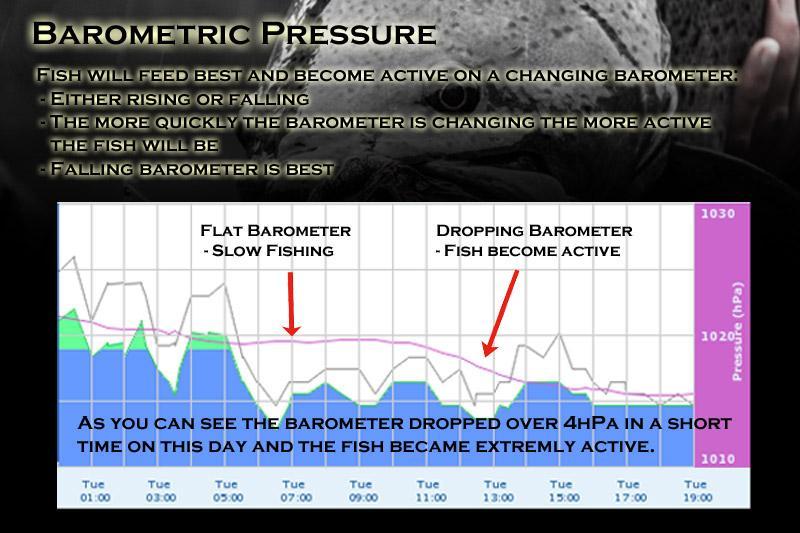
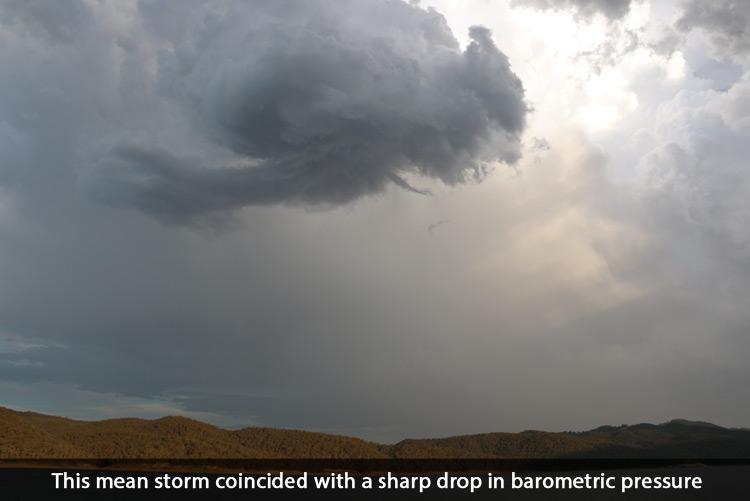
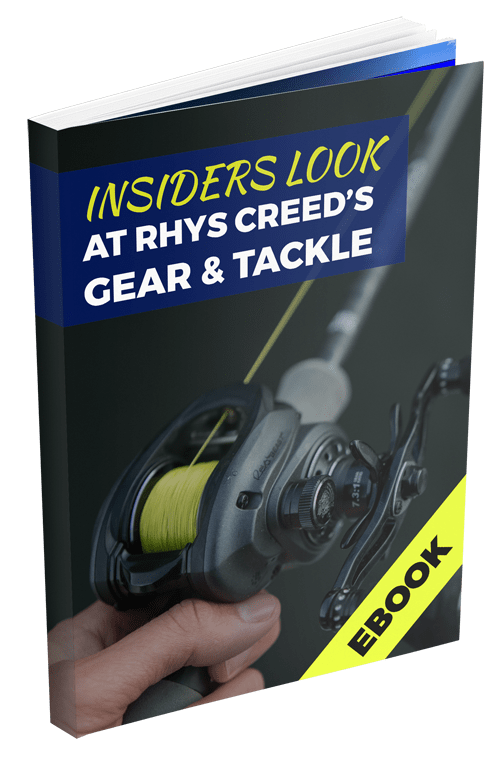
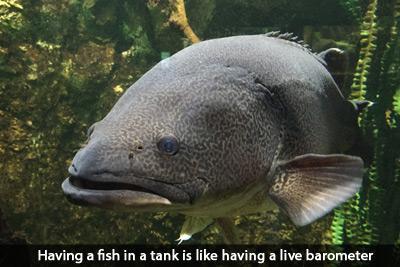
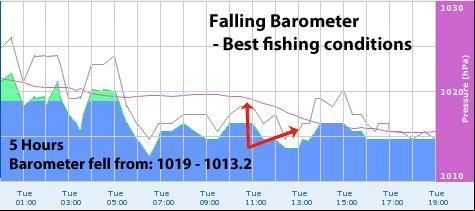
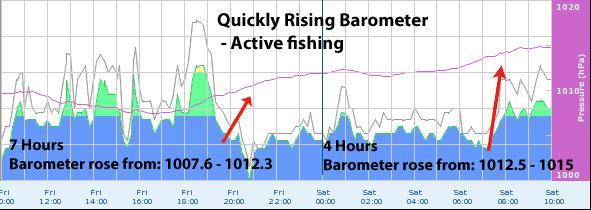
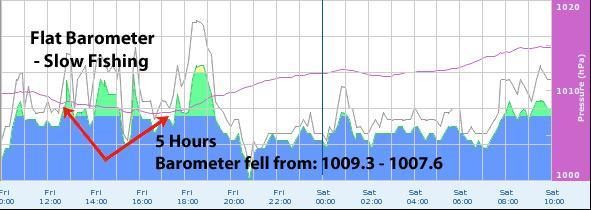
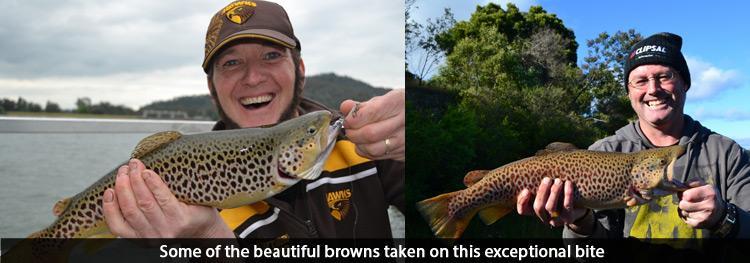
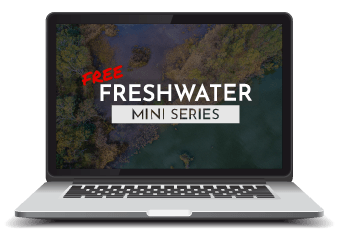
0 comments